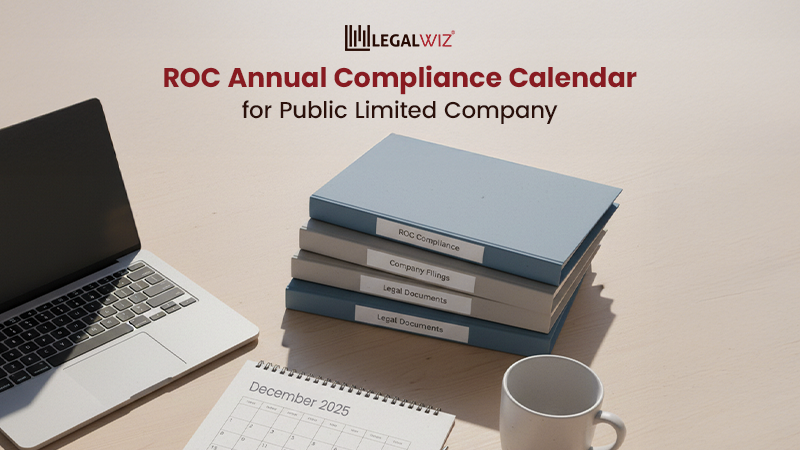Difference Between Share Transfer & Share Transmission
The shares of an individual in a company are transferable that enables the businesses with company registration to acquire permanent capital and liquidate its shareholders’ investments. But there are certain constraints on the transfer of securities. The Articles of Association of a company will have the mention of share transfer under which the private companies are restricted.
In this article, the meaning, procedures for the transfer and transmission of securities and time limits, and their penalties are discussed in detail.
What is meant by the Transfer of Securities?
Transfer of Securities
It is handing over the rights and duties of a member of the company to any other person wishing to become a member of the company. It is a voluntary act of a member that is accompanied according to the articles mentioned in the AOA of the company.
Parties involved in the Transfer of Shares?
- Legal Representatives of the deceased or in case the concerned person is insolvent.
- Subscribers to the Memorandum
- Transferor
- Transferee
- Listed or Unlisted Company
Which law deals with the Transfer of Shares?
Sections 56 of the Company Act 2013 states that shares are movable and transferred in the manner set out in the articles referred to in the Company’s AOA. A shareholder can freely transfer shares to an individual of his choosing, while shares are not freely transferable to a private limited company.
Transmission of Securities
Securities transmission is quite different from securities transfers, but many believe these terms are the same. The shares are here passed to the deceased and the insolvent ‘s official assignor. The exchange of shares is automatic when the owner dies and passes to the person’s representative immediately or when a member declares his or her bankruptcy.
What is the basic procedure for the Transmission of Share
Following steps shall be followed for the transmission of shares
- When a common holding or legal successor is involved, the survivor who wishes to be handed over by statute must file a precise application with the firm. The declaration must be preceded by appropriate documentation such as the Death Certificate, Certificate of Succession, Examination, etc.
- The company then records the death certificate details and the owner shall be given a reference number.
- Upon presentation of documents, the company reviews the documents and, if the materials are in order, approves the transmission request.
- Should the documents submitted with the application not be in order, the company shall, within 30 days, notify the individual concerned of its refusal.
- The declared dividend will be payable to the legal representative until the shareholder’s death and the bonus is received only after the shareholder has registered its name in the event that the shareholder has died.
Difference Between Transfer and Transmission of Shares
Share transfers and share transfers are sometimes viewed in the same way, but the two terms vary. See the Table of Comparison:
| Comparison Basis | Transfer of Shares | Transmission of Shares |
| Definition | The share transfer is done voluntarily by one party with another. | Share transmission takes place by law in an instance when the member of the company is not alive or has become insolvent. |
| Reason for the transfer or transmission | It’s a voluntary decision of the members of the company. | In case of insolvency, death or inheritance of the member. |
| Initiated by | Transferor or Transferee | Legal heir or receiver |
| Liability | The liabilities of transferor cease on the completion of transfer. | Original liability of shares continues to exist. |
Conclusion
Securities transfers and transmissions are thus two distinct things that non-technical people sometimes confuse. This is the usual transfer course of the property but is the case when the shareholder is not alive or insolvent during the transfer of shares. Share transfers are more common than share transfers.

Benazir Shaikh
Benazir Shaikh is a company secretary pursuing her Internship at LegalWiz.in. She prospects to make a career in Legal & Secretarial field.







